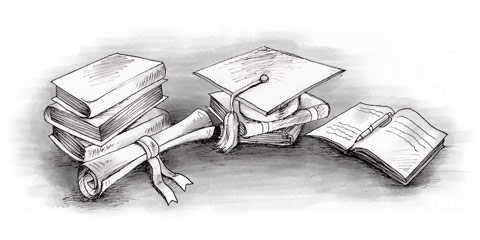The educational system in Panama suffers substantial inequalities. Even though public schools are free for the compulsory years of school, modern institutions are limited to major cities. The standard of education also depends on the location as the quality is still affected by being in the countryside vs. a city.
Nevertheless, compared to the other countries in the region, the standard of education is relatively high, because there is a significant investment by the Government in education and research.
The literacy rate is also quite high, around 93%, thanks to a social system that includes a free and mandatory education for children aged between six and fifteen, since the adoption of the Constitution of the 2nd of January of 1941.
The Panamanian education system can be divided into two levels; primary and secondary education, which are universal, free and mandatory for most levels.
Primary education includes:
- Pre-school with two levels of one year: pre-kindergarten and kindergarten. It’s attended by children between the ages of four and five. This is the only level where attendance is not compulsory.
- Primary or Elementary School: This level lasts for six years, and it is for kids between six and 12 years old.
- Secondary School: For children between 12 and 15 years old. Ends after three years with a school-leaving certificate.
- High school: Lasts three years, and is for students between 15 and 18 years old. At the end of high school students receive a diploma (Diploma de Bachiller) with a specialty (sciences, literature, business, technology, or agriculture and livestock).
Secondary education consists of university.
The academic year of public Panamanian schools begins during the last days of February and finishes at the end of December. Most private schools also follow this calendar, however, it is possible to find international schools that follow the Northern calendar (September-June school year).
The Ministry of Education regulates the Panamanian education system, although private schools are quite free to manage their own institutions.

